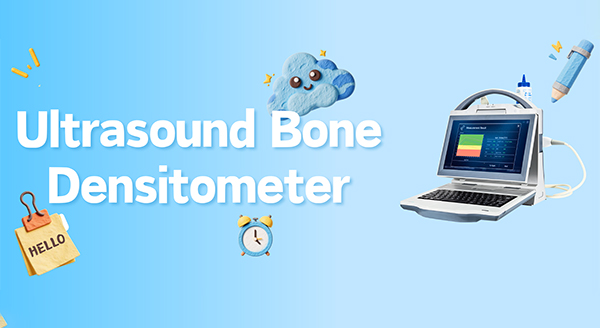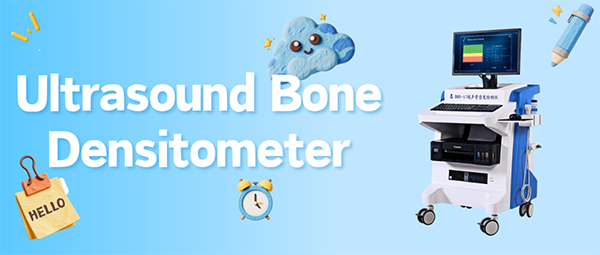Ultrasonic bone densitometers, as an important tool for osteoporosis screening, have been widely applied in clinical and community health services. According to the differences in usage scenarios and functional depth, the current market is mainly divided into two types: portable models and desktop models. They each have their own positioning and jointly build a bone health testing network covering both inside and outside the hospital.
Portable model: The “Light Cavalry” of Mobile Healthcare
The portable ultrasound bone densitometer represented by the BMD-A3 of Pinyuan Medical focuses on flexibility and convenience. This type of equipment mostly adopts ultrasonic radius or tibia detection technology. It features fast measurement speed, simple operation, and a total weight of as little as 4.3 kilograms, which can be easily packed into a backpack to provide screening services at any time.
Its main advantage lies in breaking through spatial limitations and expanding the service radius.
Community and rural free medical consultation: Medical staff can carry equipment with them and go deep into communities, villages and nursing homes to provide convenient door-to-door bone density screening for residents.
Physical examination center diversion: It can be used as an initial screening point in large-scale physical examination institutions to quickly divert the population and improve the overall efficiency of physical examinations.
Desktop model: A “precision instrument” for Professional diagnosis and treatment
Desktop ultrasound bone densitometers, such as the BMD-A7 ultrasound image bone densitometer from Pinyuan Medical, are positioned for higher-precision detection and clinical assessment.
High precision and stability: Compared with the portable structure, it is slightly larger in size and has a more complex internal structure. Its measurement stability and repeatability are usually better than those of the portable model.
Applicable scenarios: Mainly deployed in the orthopedics, endocrinology, obstetrics and gynecology and other outpatient departments of hospitals, as well as professional osteoporosis diagnosis and treatment centers, for bone density detection, therapeutic effect evaluation and long-term management.
Scenario-based selection strategy
Overall, the portable model and the desktop model are not mutually substitutable but rather complementary. When making a choice, it should be based on core demands
If frequent movement and external screening are required, the portability (such as BMD-A3) should be given top priority due to its lightness and flexibility. With moderate precision and good convenience, it has become an ideal choice for large-scale screening and daily tracking.
If used for clinical testing, in-depth assessment and scientific research needs, the high precision and data management functions of desktop models (such as BMD-A7) are very important, as they can provide more comprehensive testing basis.
Post time: Sep-26-2025


